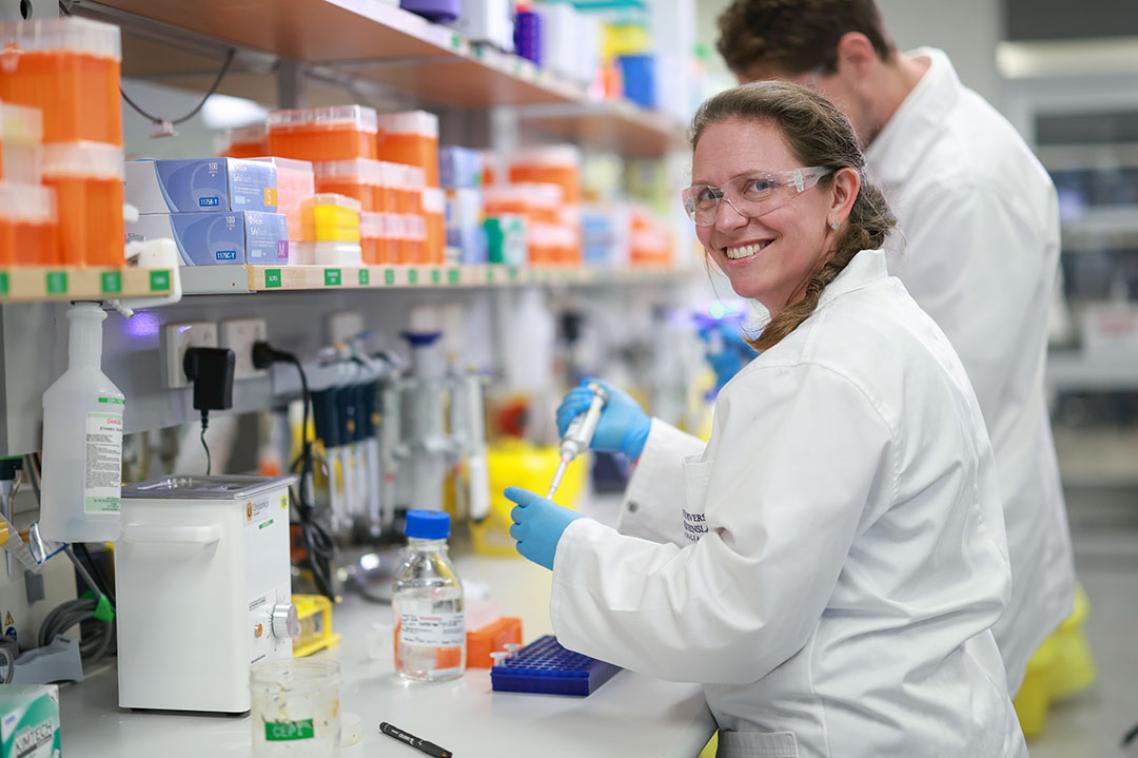New theory for Himalayan geologic evolution
A University of Queensland researcher has put forward a new model to explain the unique granite formations of the Himalayan mountains.
The findings, published today by Dr Kurt Knesel in the prestigious international journal Science, have implications for understanding mountain and continent formation and global climate patterns.
“For some time, scientists have been hotly debating the origin of the 2000 kilometre granite crest of the Himalayan range,” Dr Knesel said.
“One school of thought suggests the granite was formed from fluid-induced melting of the Himalayan crust, triggered by the upward thrust of colliding tectonic plates,” he said.
“But more recently, some scientists have argued the granite may have formed by decompression triggered by the downward slip of the collapsing Himalayan roof.”
Dr Knesel, who is based at UQ’s Earth Sciences Department, and Professor Jon Davidson from the Department of Earth Sciences at the University of Durham in the UK attempted to unravel the mystery by analysing the granite’s isotope chemistry.
They concluded that the granite was formed by a combination of both forces.
“A striking feature of Himalayan granite is the presence of different isotopic and element compositions. We argue this is the result of different melting reactions, which are largely controlled by the presence or absence of water,” Dr Knesel said.
“The chemistry of the granite therefore suggests that it may have been produced by both mechanisms put forward by scientists rather than a simple model of one or the other.
“By better understanding the formation of Himalayan granite, we gain further insight into how continents are formed. Furthermore, the evolution of the Himalayan range is thought to have an influence on global climate change,” he said.
Media: for more information contact Dr Knesel (tel. 07 3365 9779, email k.knesel@earth.uq.edu.au) or Peter McCutcheon at UQ Communications (tel. 07 3365 1088)
Related articles

Billion-dollar deal takes UQ vaccine tech to the world

UQ researchers top nation for ARC Industry Fellowships
Media contact
UQ Communications
communications@uq.edu.au
+61 429 056 139
